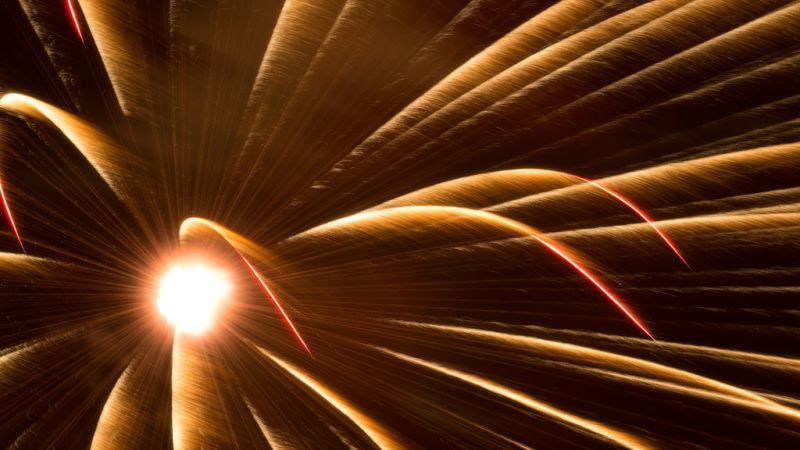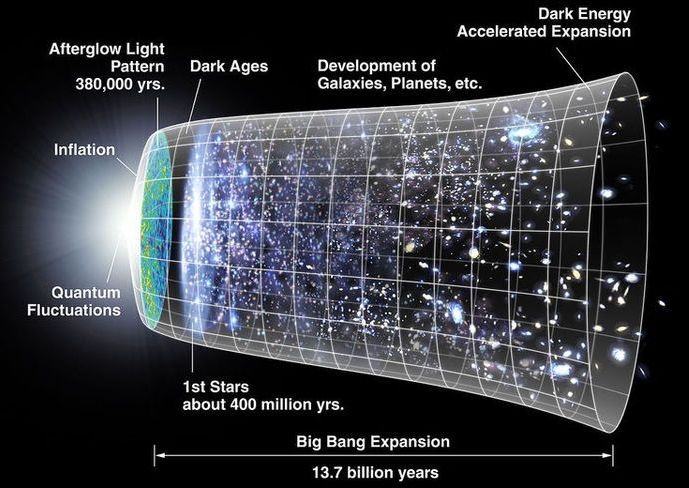Millions of light-years from Earth, there’s a galaxy that is completely devoid of dark matter — the mysterious, unseen material that is thought to permeate the Universe. Instead, the galaxy seems to be made up of just regular ol’ matter, the kind that comprises stars, planets, and dust. That makes this galaxy a rare find, and its discovery opens up new possibilities for how dark matter is distributed throughout the cosmos.
No one knows what dark matter is. True to its name, the material doesn’t emit light, so we’ve never detected it directly. All scientists know is that it’s out there based on their observations of how galaxies and stars move. Some unseen substance is affecting these deep-space objects, filling up the space between stars and clusters of galaxies. And there seems to be a lot of it. Dark matter is thought to make up 27 percent of all the mass and energy of the Universe. The matter we can see — the atoms that make up you and me — accounts for just 5 percent.









